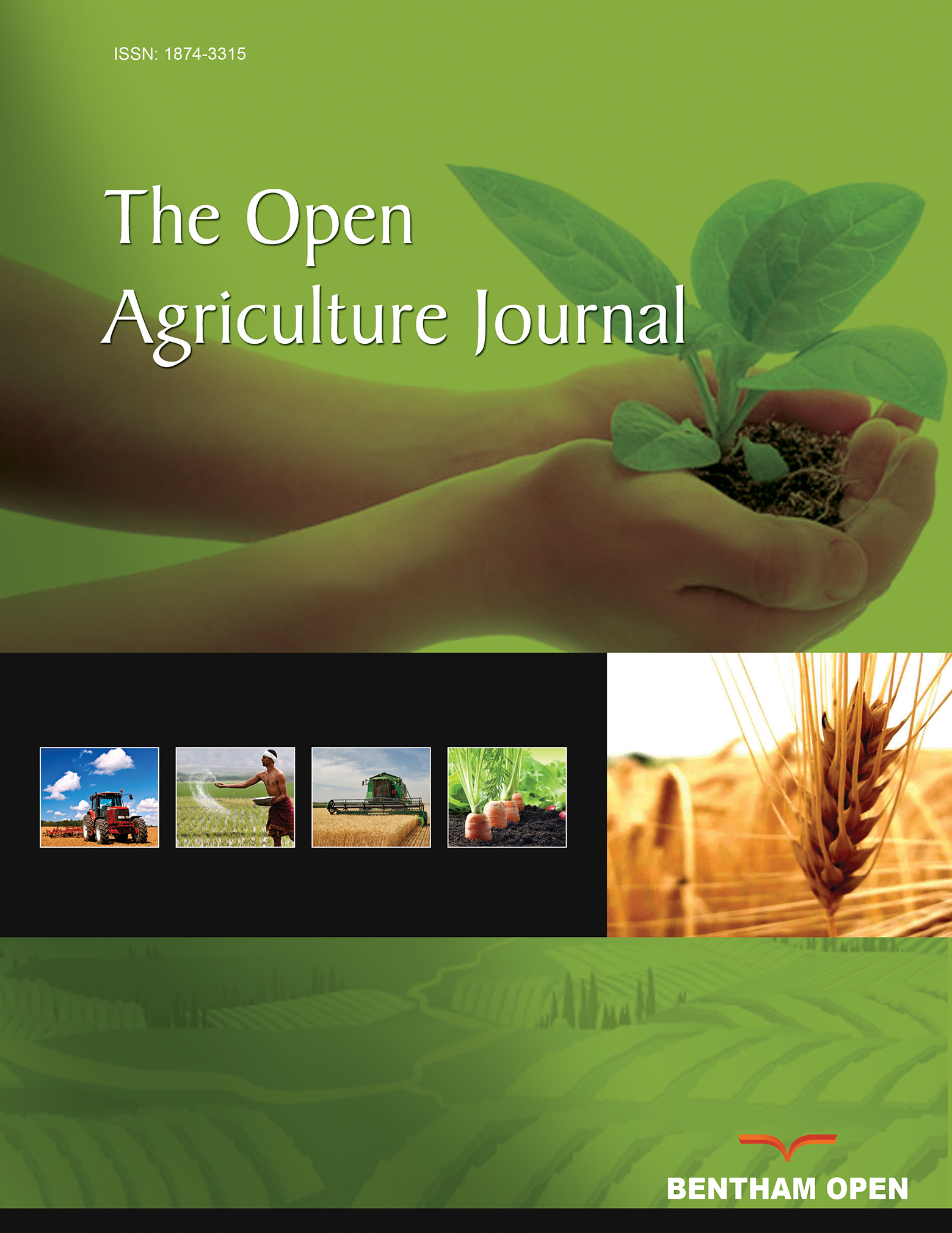All published articles of this journal are available on ScienceDirect.
Microbiological Quality of Feed
Abstract
Background:
In most countries, the microbiological quality of complete feed mixtures, grains, silages and hay is sadly a much-underrated aspect of official feed control. Monitoring the microbiological quality of feeds downgrades any of the poor quality feeds and stimulates feed mills to produce better quality feeds, therefore, enforcing the prominence of high-quality feeds on the market.
Objectives:
To collect the results of the microbiological feed quality, done over a period of one year, all of which originate from Croatia, Slovenia, and Switzerland. Furthermore, identify the presence of feedingstuffs with poor microbiological quality in some parts of the European market and therefore have the most impact on animal health and welfare.
Methods:
Feed quality was assessed through a single Verband deutscher landwirtschaftlicher Untersuchungs - und Forschungsanstalten (VDLUFA) method based on a systematic approach, which categorizes feed into categories from 1 to 4 according to bacteria, moulds, and yeasts content, and their ecology and hazard significance.
Results:
Although the most analyzed samples of feed belong to the most desirable quality level 1, it should be emphasized that almost all feed types can be found samples of quality level 4, unacceptable for feed.
Conclusion:
The obtained results give an overview of the advantages of monitoring the microbiological quality of feeds for governmental authorities, producers, and consumers alike and potentially provide more information concerning the new aspects of the risk assessment of certain types of feeds or their raw materials.


